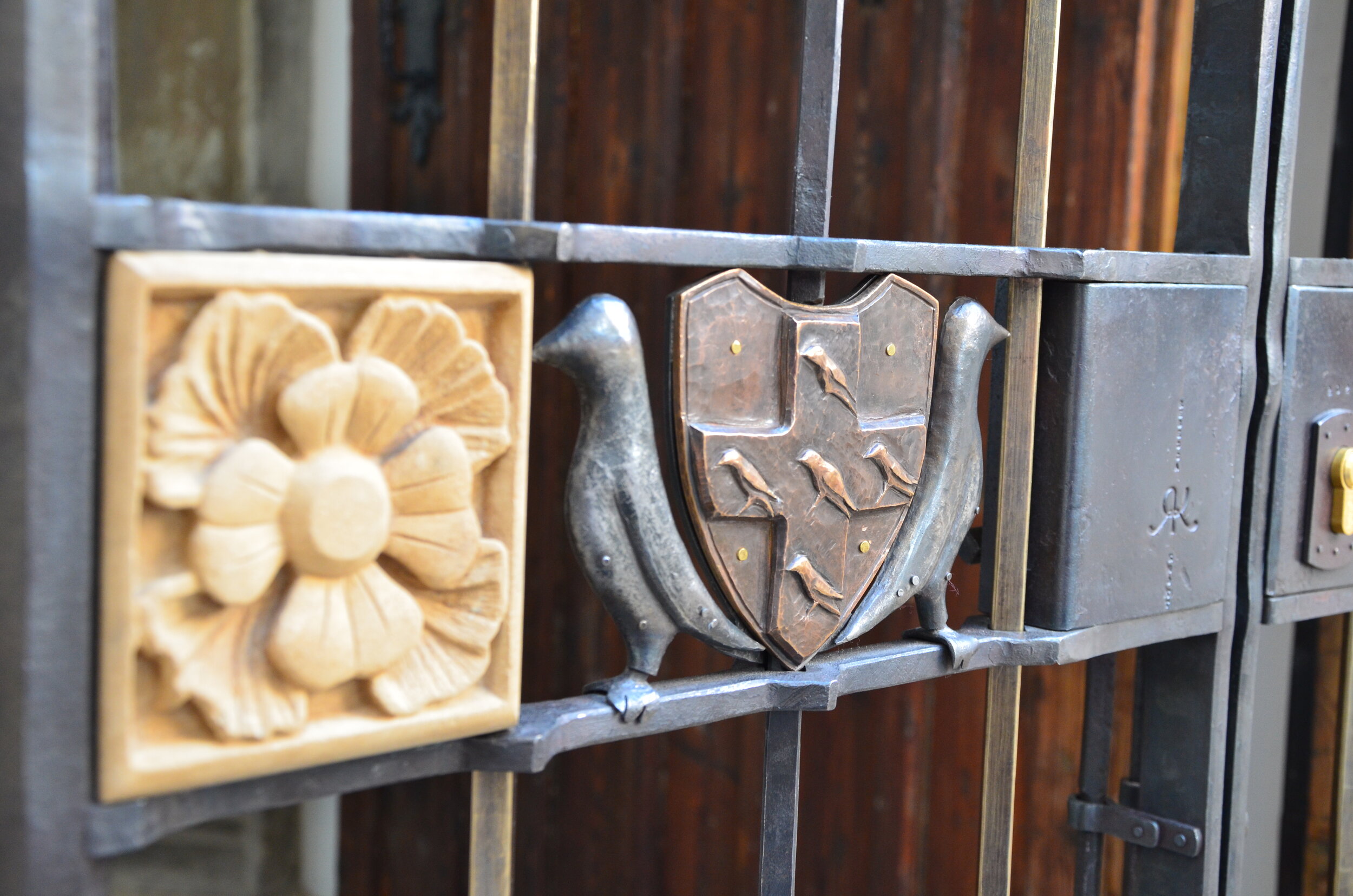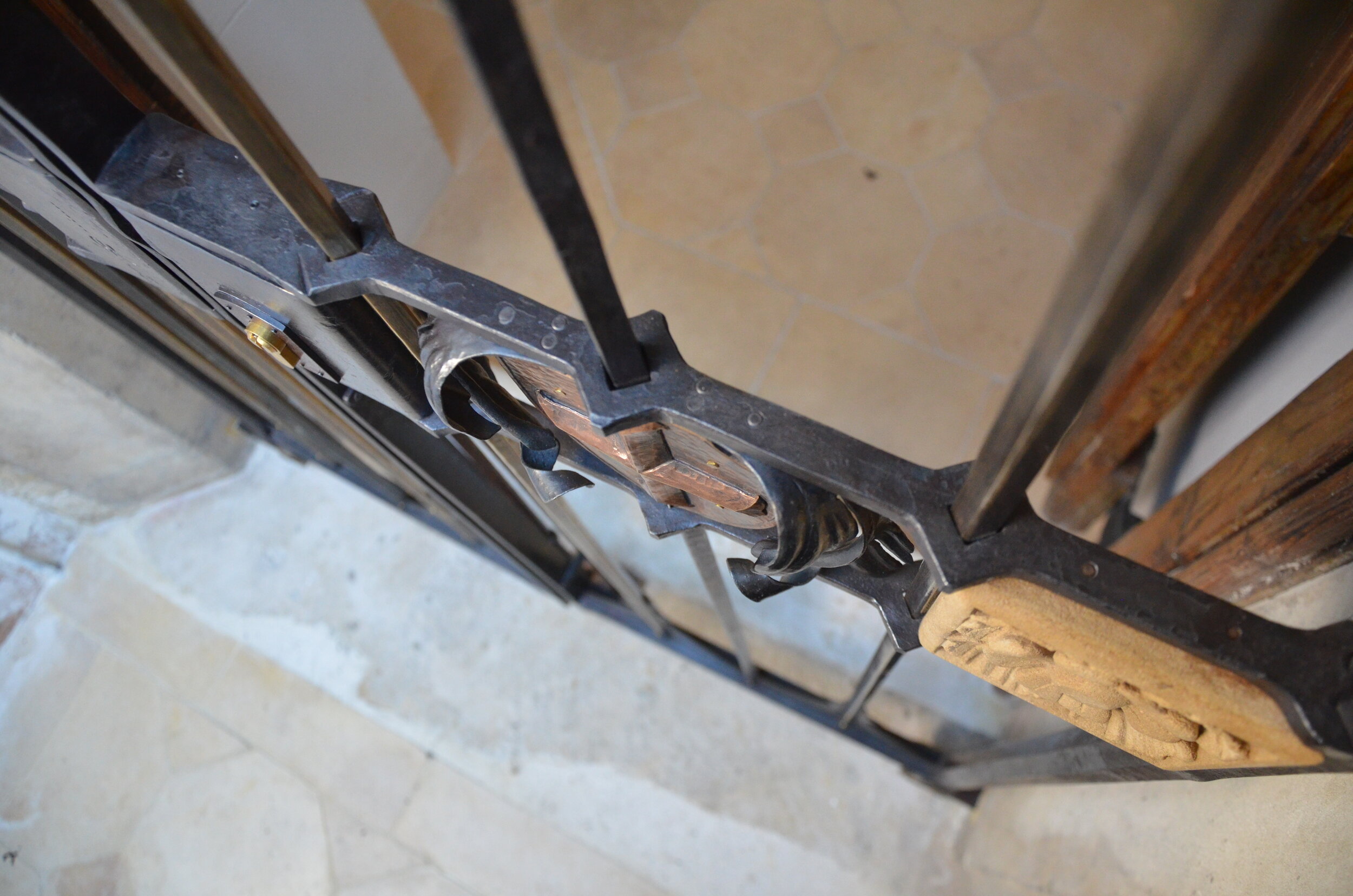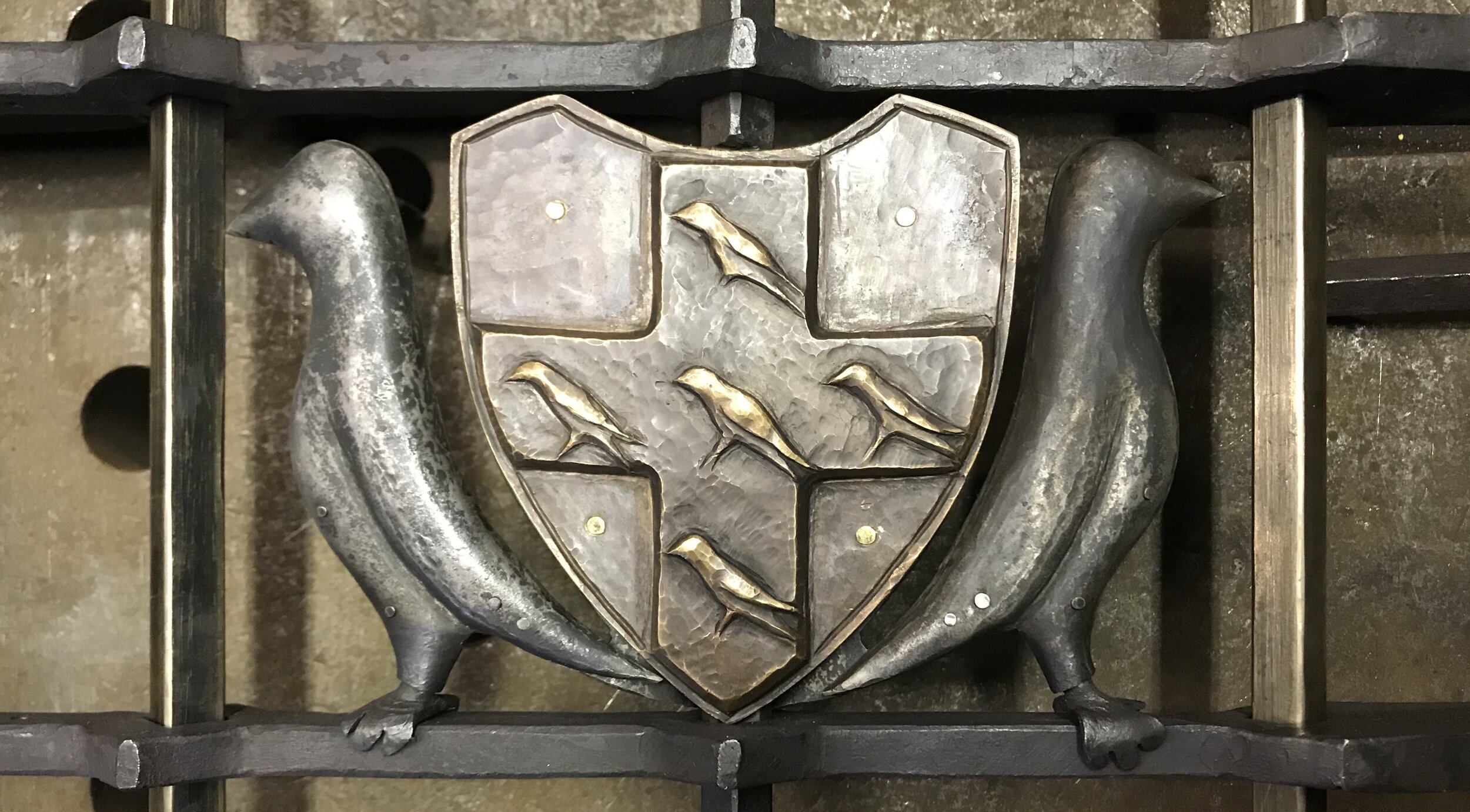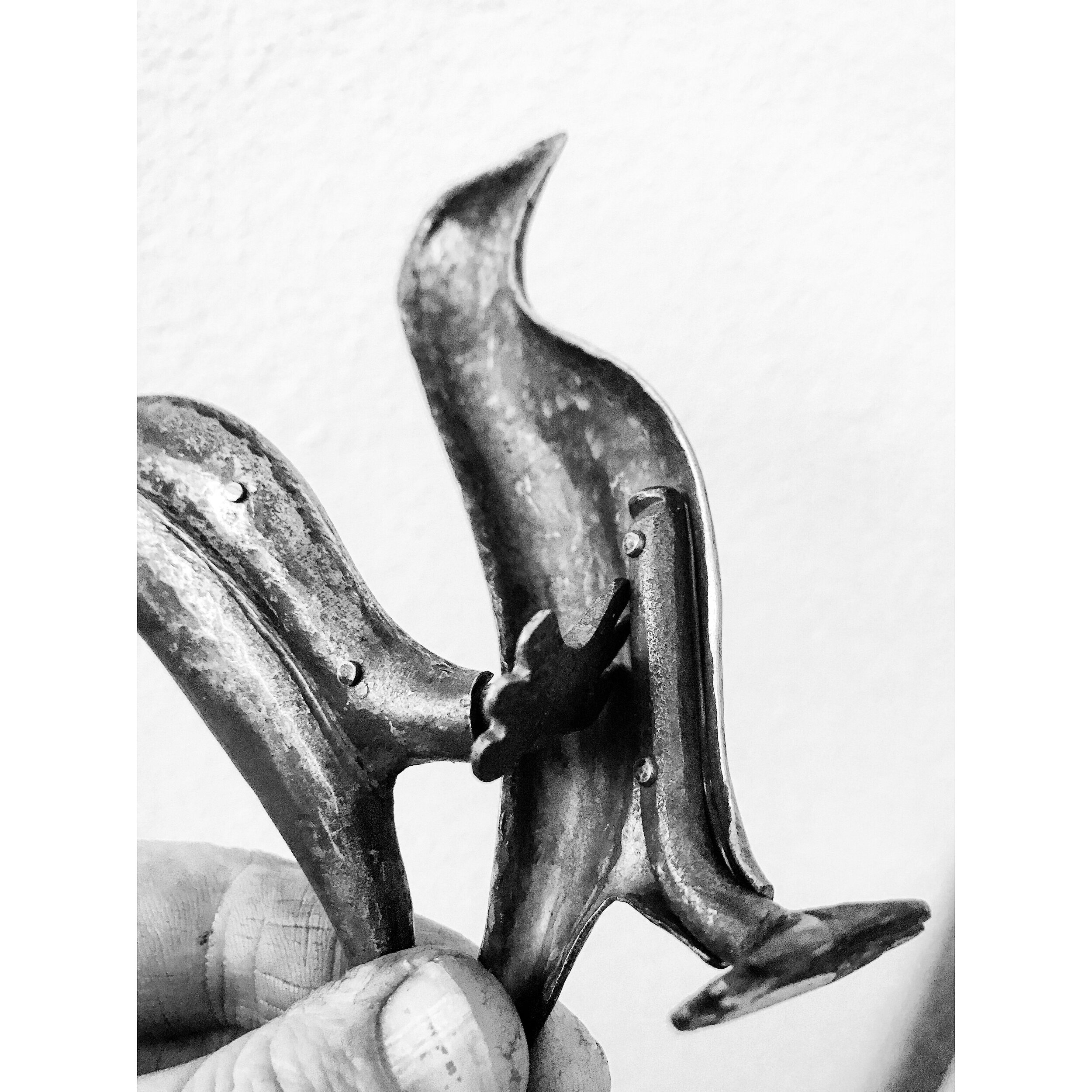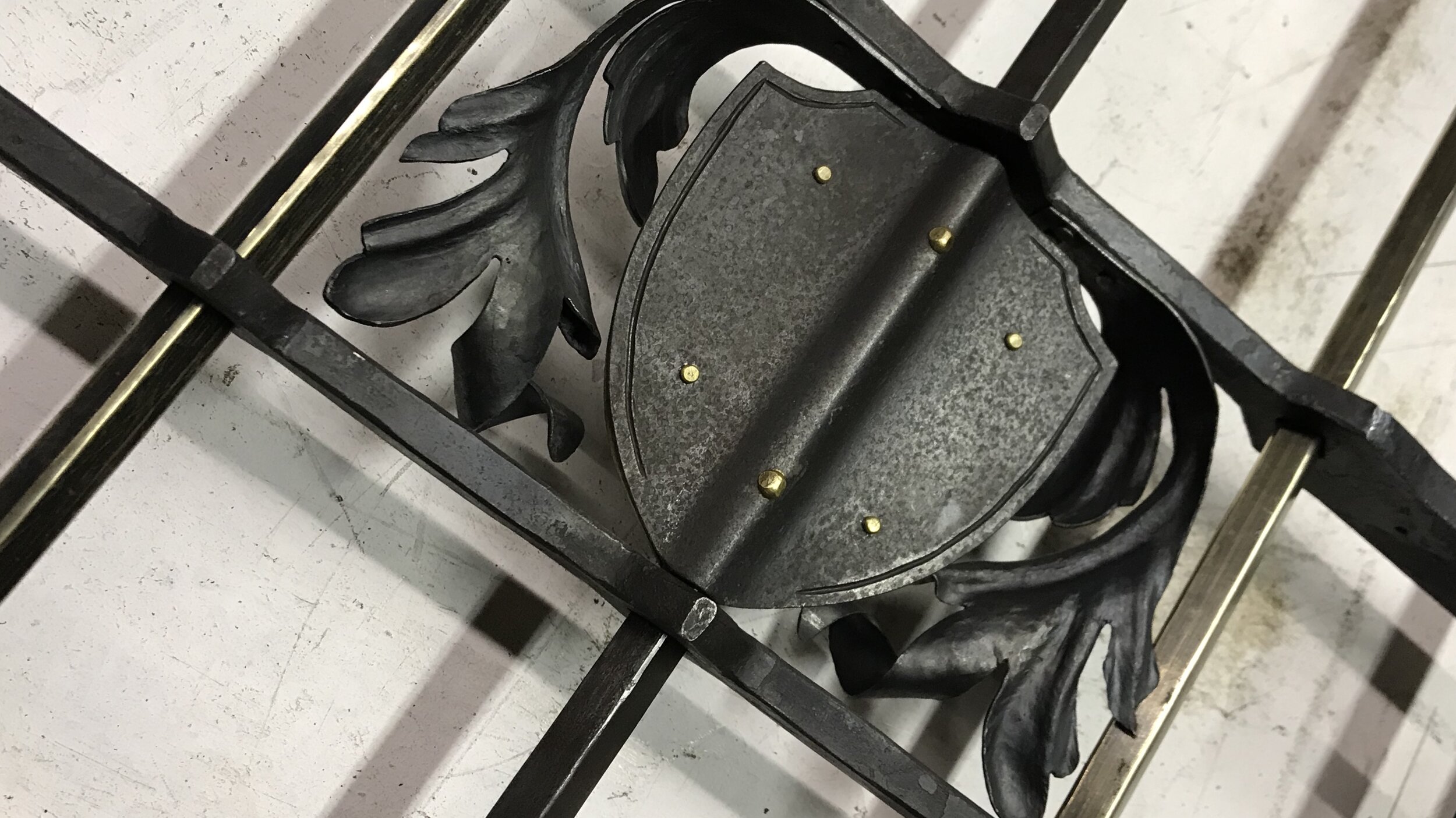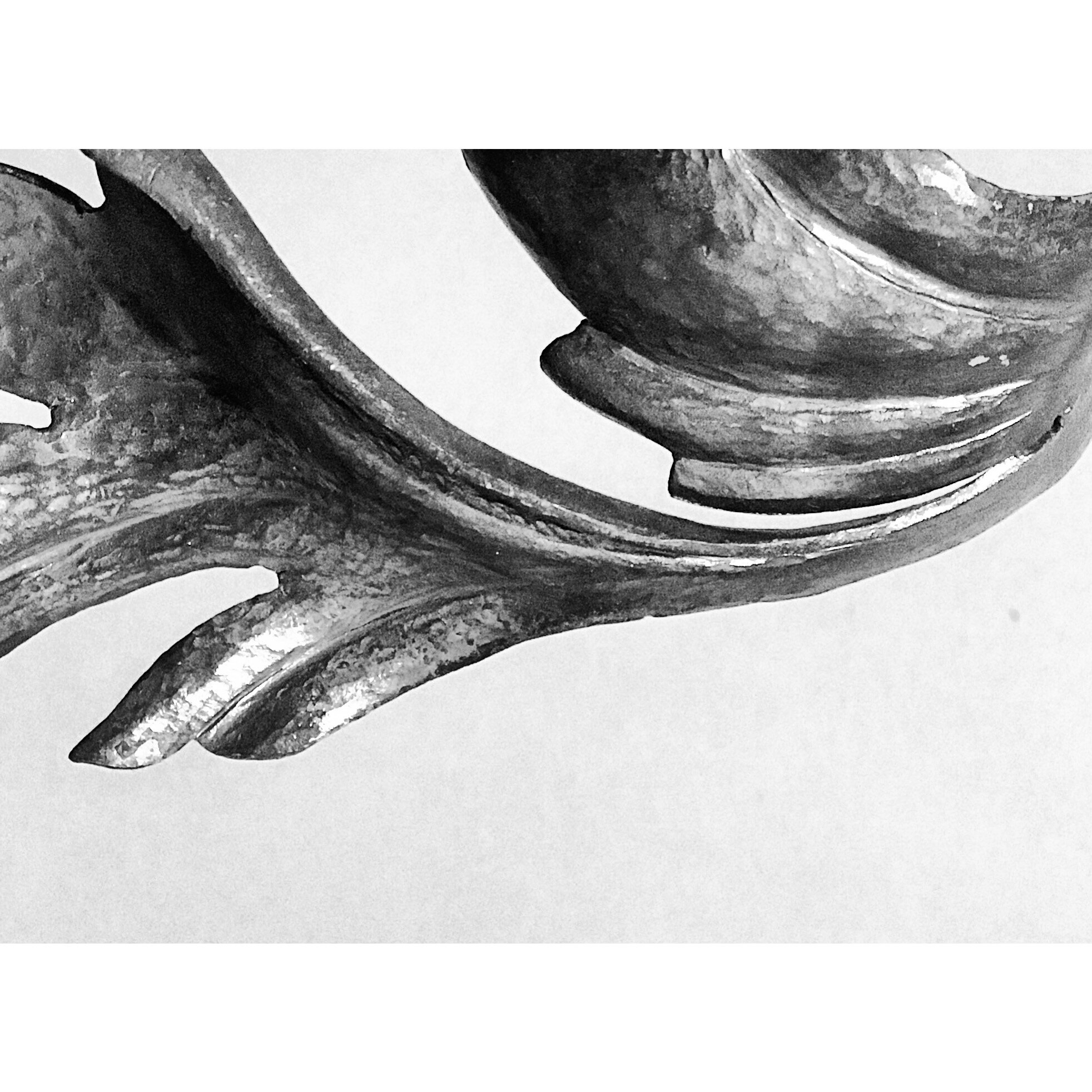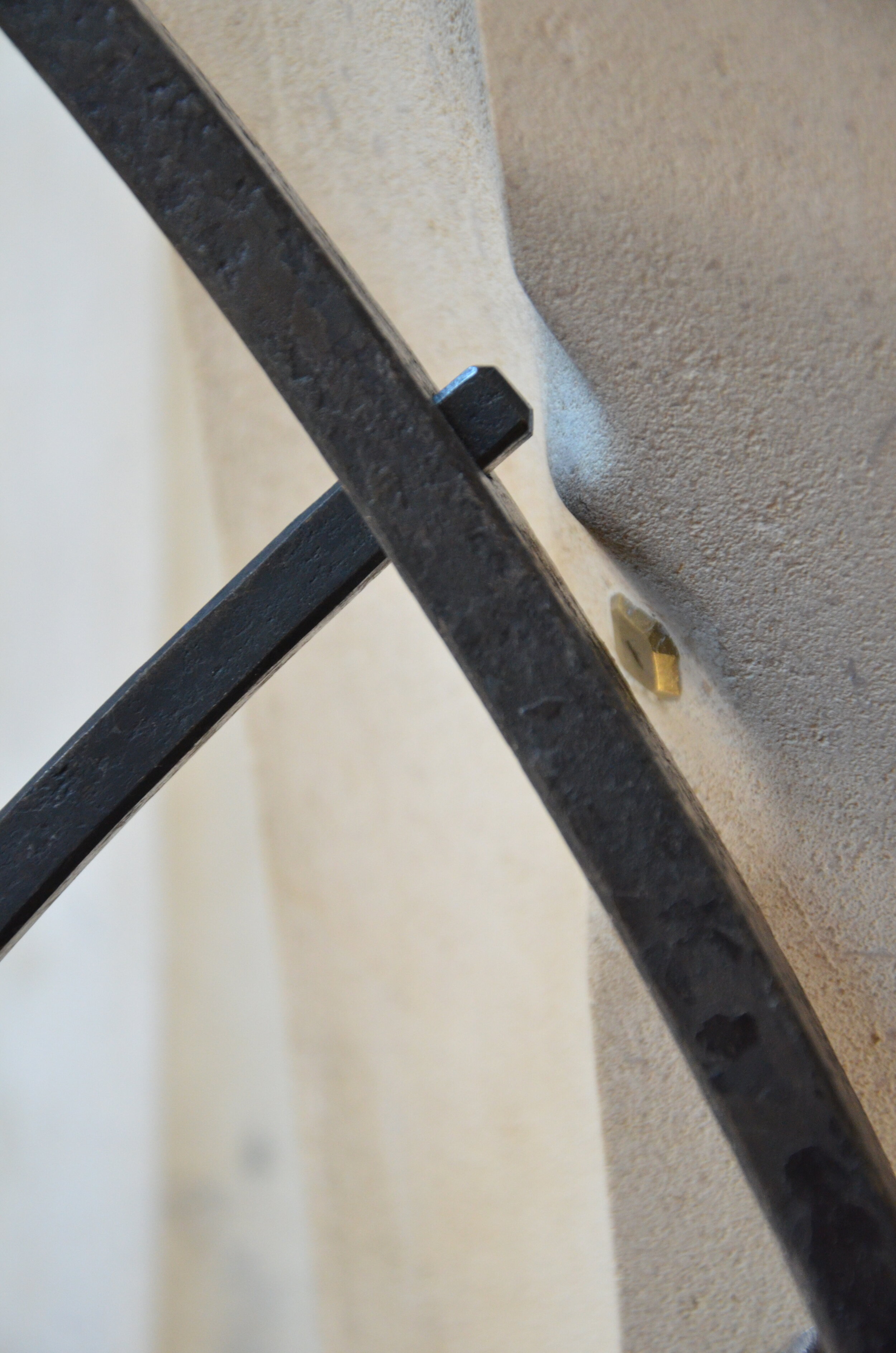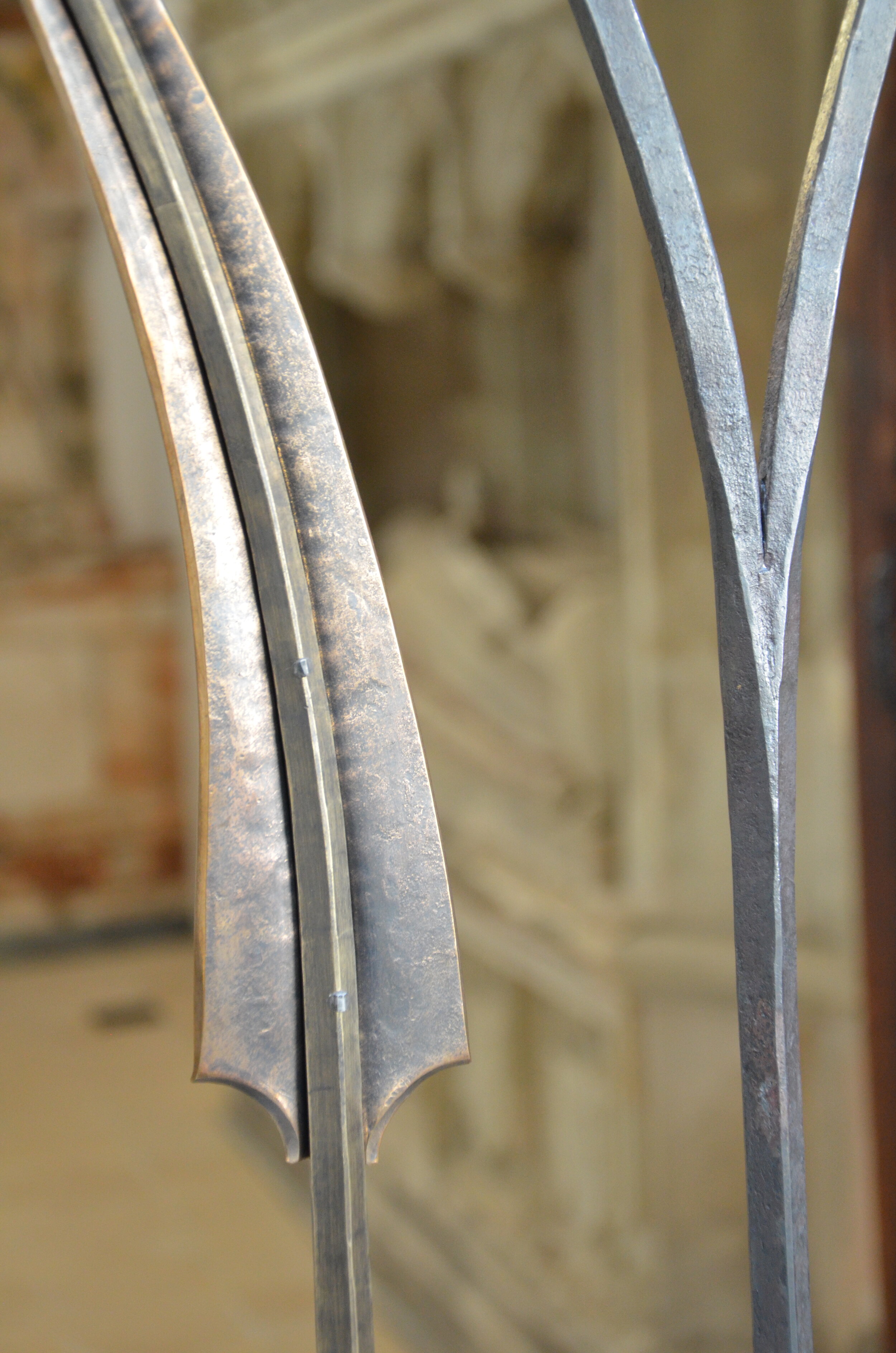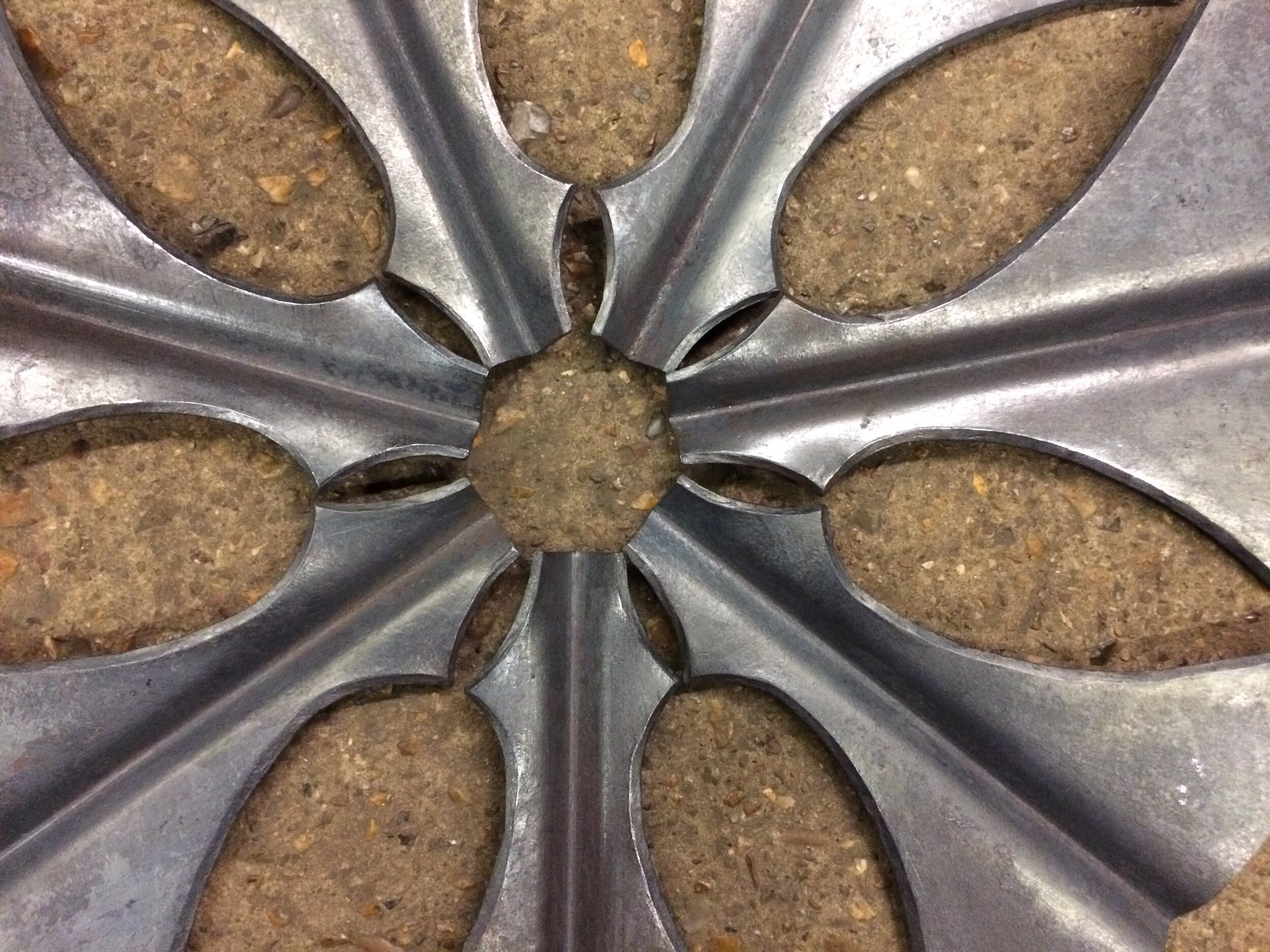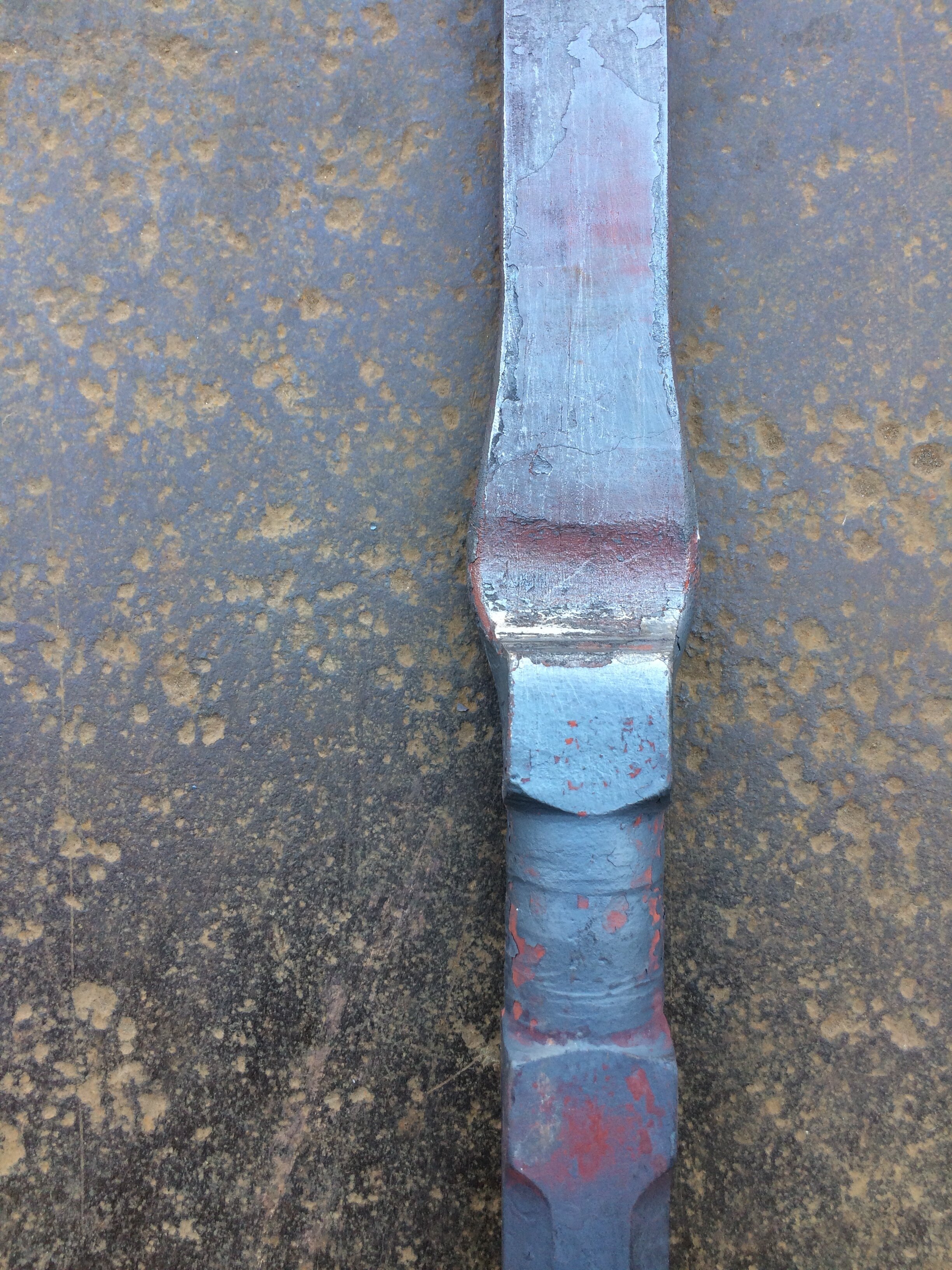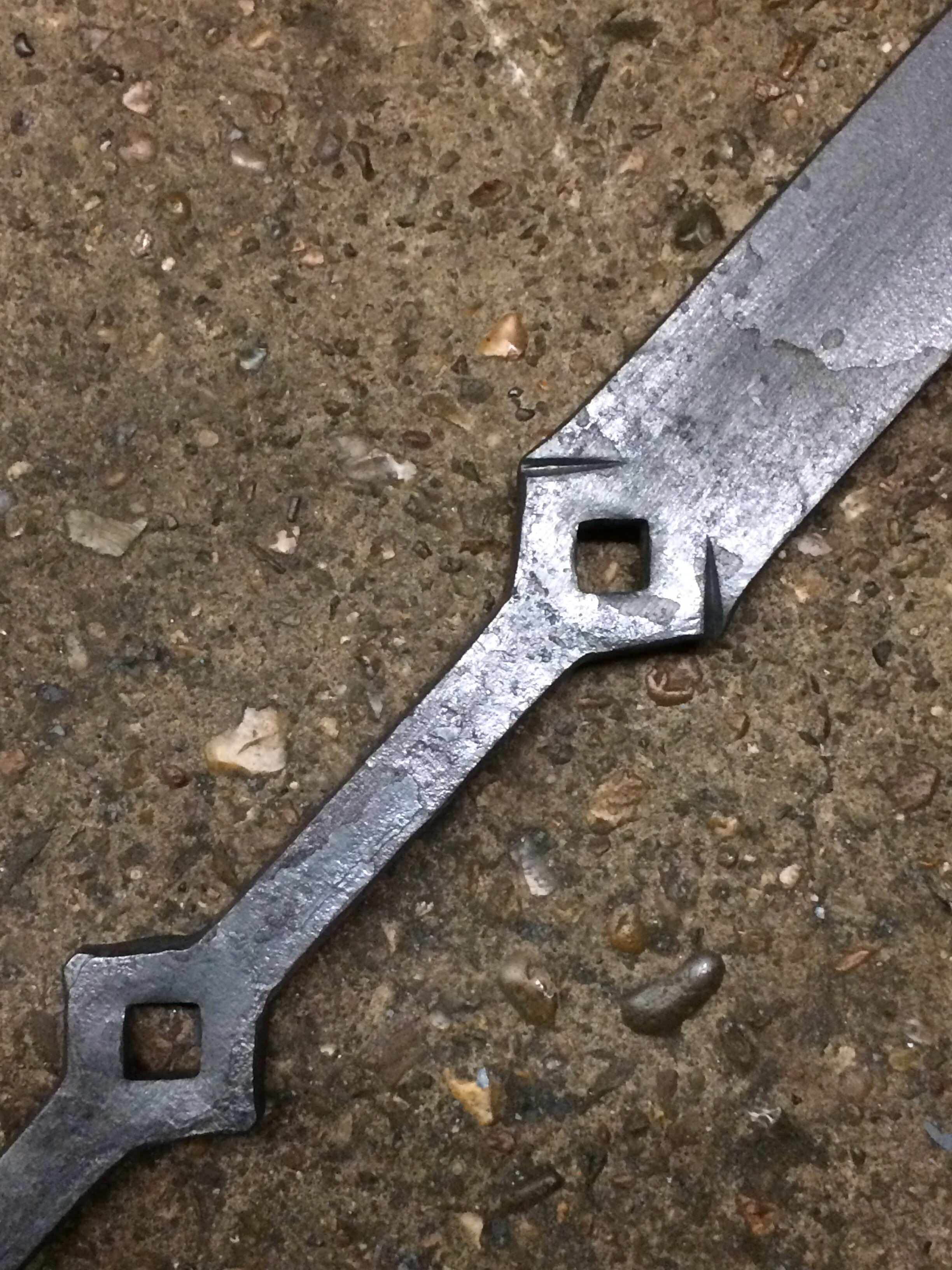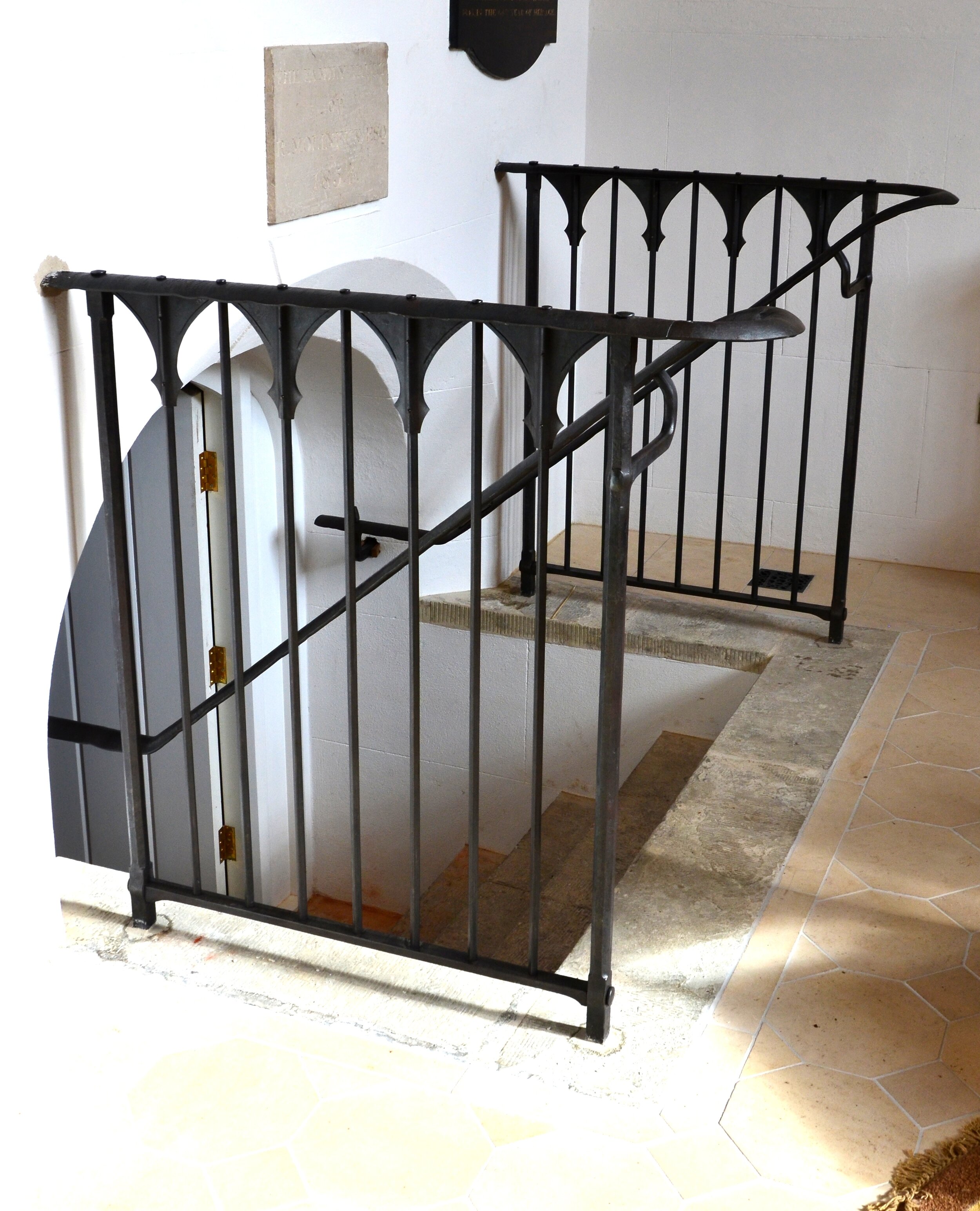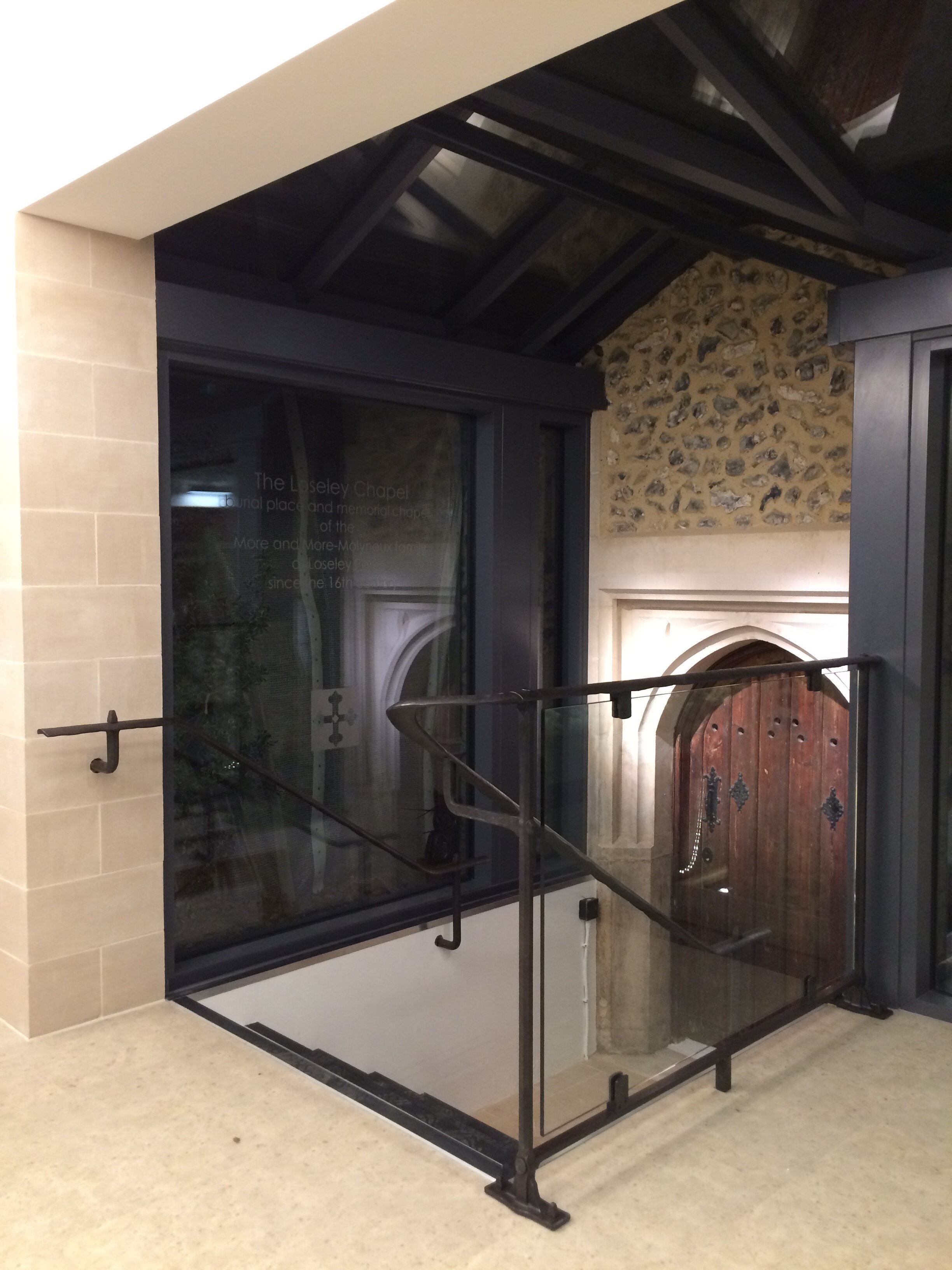I am an artist-blacksmith working with skills that I have developed through a lifetime of growing up amongst blacksmiths. My father is Terrence Clark and it was by his side and the whole blacksmithing community that I learnt and practised the craft. Some would say that I have iron/blacksmithing in my blood. My earliest memory of blacksmithing was ‘obliterating’ a piece of steel under the power hammer as a seven-year-old and running amuck at forging events. I remember as a kid, being in awe of many blacksmiths, by their love and passion for the material and their playful outlook on life. Throughout my younger years, our house and many others would be filled with the sound of laughter as blacksmiths of varying abilities would work and play. Parties and events would come and go. At each event I would be taken under the wing of someone and be taught something new and I was hungry to learn. Being a part of it all gave me joy; it was an extended family, a community of free thinkers with exuberance for the possibilities of what metal could become. I only really started to get to truly know everyone once I’d been working in the field for a few years.
Many years ago, as I was poking my nose through some drawings in the archives at Hereford College, I came across a design for a hinge-plate that fascinated me. I didn’t take note of the name of the designer at the time, but I wish I had so that I may thank them for providing the perfect solution to my recently installed gate at Loseley Chapel in Surrey, UK. The original commission for the Loseley Chapel was for a set of chapel gates and a pair of balustrades, which lead down to a vault within the chapel itself. The chapel is adjacent to St Nicholas’ Church in Guildford, Surrey and dates back to the 13th century. It has been rebuilt three times since then, with the last build occurring in 1876. The vault within the chapel was created in 1838. The commission was later expanded to include railings to surround the entrance down into the chapel. This was a thoughtful addition to the commission, as it allowed for a continuity of design across all works. I feel very strongly about getting something right for the space and the need to consider all angles and how they connect to each other. The vault railings and gate have complementary detail, whereas the outer railing is infilled with glass. This was to draw you towards the chapel and the focus within it. These particular details along with the sweeping arches at the top of the gate are references to the vaulted ceiling and its structural connections. As part of any design, I try to take inspiration from the site. Within the church there was a beautiful detailed area where a section of steel passes through on the diamond. I felt it would be a great way to visually lighten the frame, transitioning the central section from 40mm to 20mm and back again to the next supporting upright. I added a little cut-in detail to give the suggestion of the angle returning again, once the material widened.
I designed the centre panel of the gates to house two lock plates. Also, to display two crests and two motifs. My fortuitous meeting with John Carballo many, many moons ago at our local pub where we had exchanged a leg of pork for a leg vice, came full circle when we met again on this project. John was the lead stone mason, who had been working on other aspects of the church, including the painstaking restoration of the chapel itself. This allowed me the opportunity to consider using another material. I asked John if he would like to collaborate and make a pair of motifs for the centre panel of the gate. I’m glad he accepted because not only did John make them to wrap around the uprights to create a wonderfully snug fit, the visual softness of the stone balanced out the other elements of the panel. We then pinned them in place through the top and bottom. it was a pleasure to work with him. The crests in the centre panel represent the local families Moore and Molyneux that have connections with the chapel dating back to before 1520, when a large altar tomb was built for William Moore of Loseley, the builder of the present Loseley house. The Moore-Molyneux’s still reside at Loseley House to this day. I took the design from images held in the chapel and church archives. The crests are 4mm repousse copper and fixed with rivets to a back plate that was first riveted to the upright that passes between the layers creating a plaque sandwich. I went with such a thick copper to create more depth in the finished piece. There is only one lock on the gate but for design purposes I made two lock boxes to visually balance the centre panel. The interior of the empty lock box, though small, provides a handy storage spot for spare bushes and parts that may be of use in the future.
Considering the installation of the gates for the chapel presented an interesting design problem. I needed a solution to not being able to drill into the floor when hanging the gate, because of underground electrics. The seed that was planted all those years ago flashed into consciousness and the Hereford College hinge-plate drawing came to mind. I knew then it was the perfect solution. The gate, unable to take the weight in the usual way through the floor, places the hinge-pin in a wall-mounted bottom plate with a bronze top-hat bush, so that the connection could be taken into the wall but the pressure remains downwards. The wear occurs on the bush and not the gate itself. By making it this way, the bottom journal is made visible and celebrated with an added touch of contrasting metals. Although I enjoy designing and creating elegant solutions to design problems, I really love the actual making of the object and particularly the detailed work which brings the design to life. All connections are considered and thought given to the interaction between pieces and the space around them. For example, tenons on angled junctions are extended a little and the angled rivets on the diamond bar were details I felt were worth the effort. Also, for the fire-weld, I felt it important to have a naked connection as it were, to show the raw transition between angles similar to those on the ceiling of the vault.
I hung the gate using a strap hinge finished with a detailed hot-cut to reference the sweeping arches of the vaulted ceiling. Indeed, the arcing lines and angles of the architecturally magnificent vaulted ceiling were key elements in my design of the gate and the vault handrails. I intentionally left a ‘bulge’ above the strap hinge where the gate curves to the roof, as I like to draw attention to the materiality of the metal, to juxtapose the soft and the crisp edges.
This commission was a wonderful project to work on. I wanted to contribute to the long history of the local chapel by designing and making a gate that would stand the test of time. It required me to consider every element of the design, from the overall site-specific aspect right down to every angle of every intersection. It demanded immense focus and emotional energy from me. During the making of the balustrade and part of the gate, Nathan Baker gave me an extra pair of hands which were very gratefully received. On a personal note, in my journey as an artist, I found a burgeoning desire to bring a more intuitive approach to the design and the making of these gates and railings. This was a developed step on from my previous way of working and I feel as though I have progressed in many ways as a result of having done this commission. In the making of this gate, I started to come into my own. From growing up in a male dominated craft, I have at times, suppressed the feminine within, in the belief that it is a negative and weak thing to succumb to. I have for many years felt the need to prove myself as being just as strong or worthy and to arm myself against unwanted male attention. This is partly my state of mind but has been continually undermined by the naivety of the general public and some overseas smiths. The objects I create are a piece of me, it is forever interconnected to the experiences and environment around me, so to not share the whole of it would be hiding. I feel it is only when we are vulnerable that we can grow.


